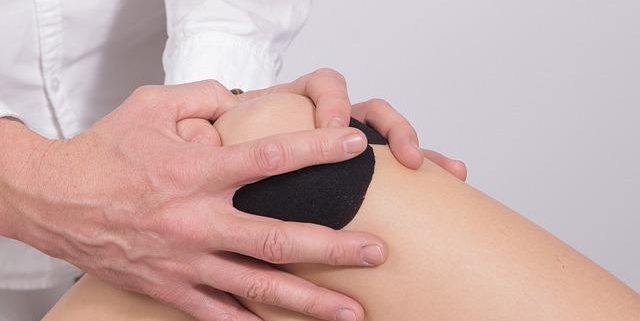
Knee Anatomy
Overview of Knee Anatomy
The knee is a remarkable part of the human body, yet many people do not fully know or appreciate its complexity and importance for our everyday movement. Situated between the thigh and the lower leg, the knee is one of the most significant and largest joints in the body. This intricate structure plays a significant role in our ability to stand upright, walk, run, and jump. Understanding the anatomy of your knee can help you understand its importance and how various conditions and injuries can affect it.
Types of Knee Structures
The knee is made up of various types of structures that work harmoniously. These include bones, cartilage, ligaments, and tendons:
– Bones: There are three bones making up the knee joint. This includes the thigh bone (femur), shin bone (tibia), and kneecap (patella).
– Cartilage: This is a type of tissue that covers the surface of a bone at a joint. Cartilage reduces friction and serves as a “cushion” between bones.
– Ligaments: These work like strong ropes to hold bones together, stabilizing the knee.
– Tendons: These connect muscles to bones. The quadriceps tendon connects the muscles at the front of the thigh to the kneecap.
Causes of Knee Problems
While the knee is robust and durable, it’s also prone to a range of conditions and injuries. Some common causes include:
– Age: Knee problems often arise from age-related wear and tear, primarily as the protective cartilage wears thin, making it more prone to injuries.
– Overuse: Repetitive strain on the knee, often due to sports or certain jobs, can lead to numerous knee problems.
– Injuries: This might involve a direct blow to the knee, twisting, bending, or falling in a way that hurts the knee.
– Medical conditions: Certain diseases such as arthritis or infection can affect the knee.
Symptoms of Knee Issues
The following are some key signs that you might have a problem with your knee anatomy:
– Pain that doesn’t go away
– Swelling or stiffness
– Redness and warmth to the touch
– Weakness or instability
– Popping or crunching noises
– Difficulty in straightening the knee
Diagnosing Knee Problems
Doctors typically diagnose knee problems based on your symptoms, a medical history, and a physical examination. Imaging tests like X-rays, MRI, or CT scans may also be used to get a more in-depth look at your knee’s inner structures.
Treatment Options for Knee Problems
Treatment for knee problems depends on the type and severity of the problem. Many knee problems can be treated conservatively with rest, physical therapy, and medications. Surgical options are considered when conservative treatments aren’t offering relief. This might involve arthroscopy, partial knee replacement, or total knee replacement, depending on the condition.
Living With Knee Anatomy Knowledge
Understanding your knee anatomy empowers you to make informed decisions about its care. Regular exercise, maintaining a healthy weight, and wearing appropriately supportive footwear can all contribute to maintaining healthy knees.
When to Seek Help for Knee Problems
If you’re experiencing severe or persistent pain, swelling, instability, or inability to move your knee, seek medical attention immediately. Don’t try to diagnose your knee issue on your own. A healthcare professional is best suited to accurately diagnose and treat knee problems.
